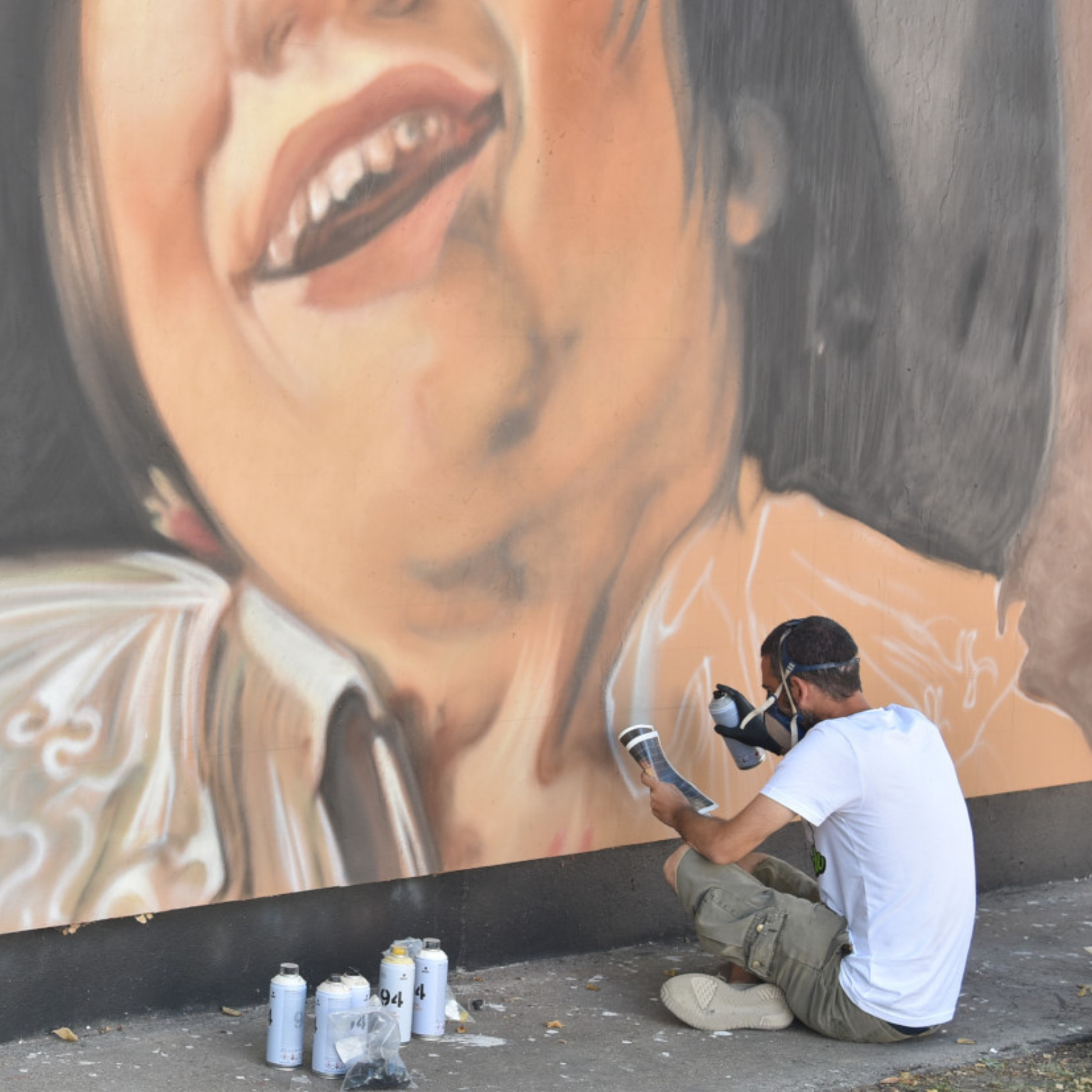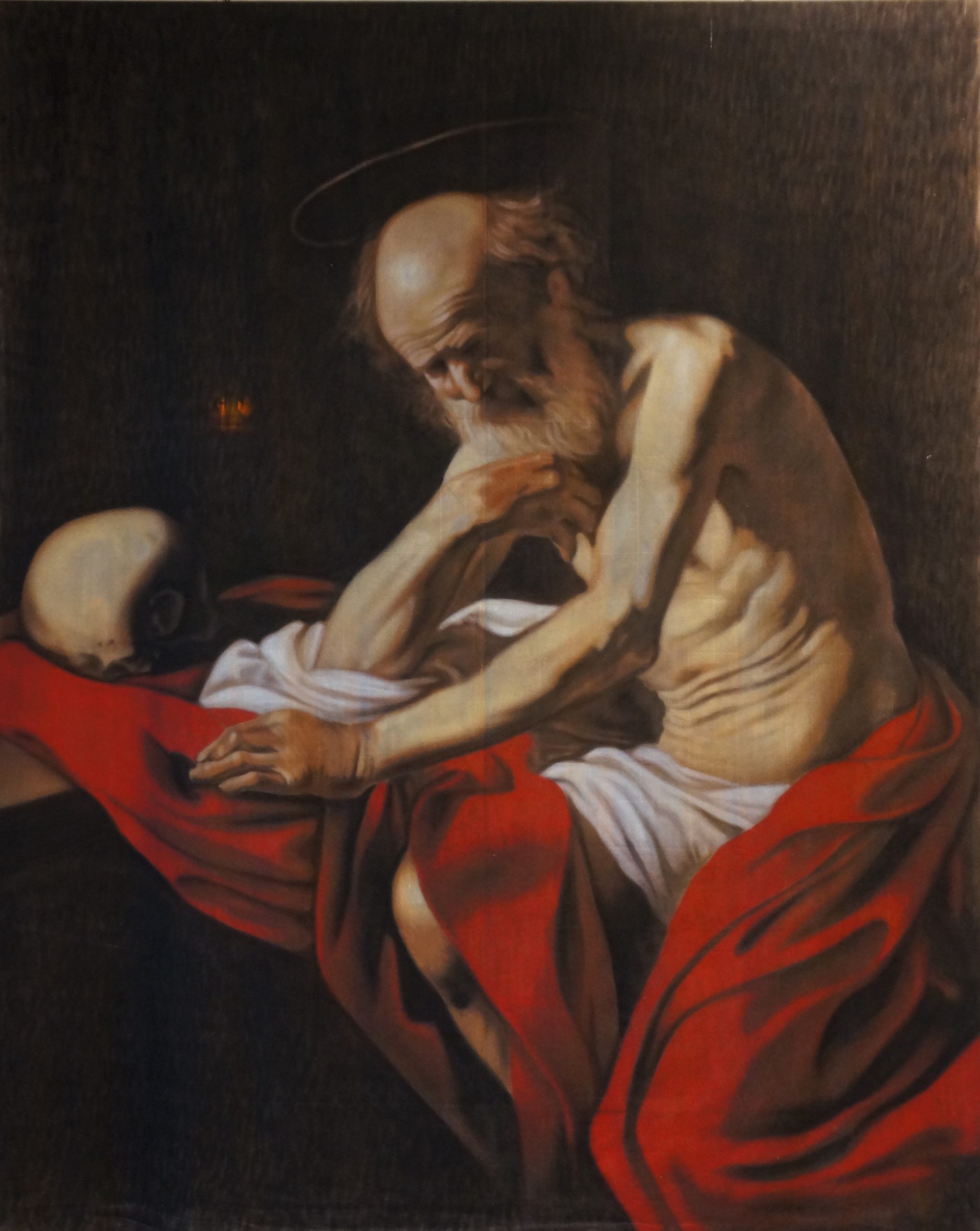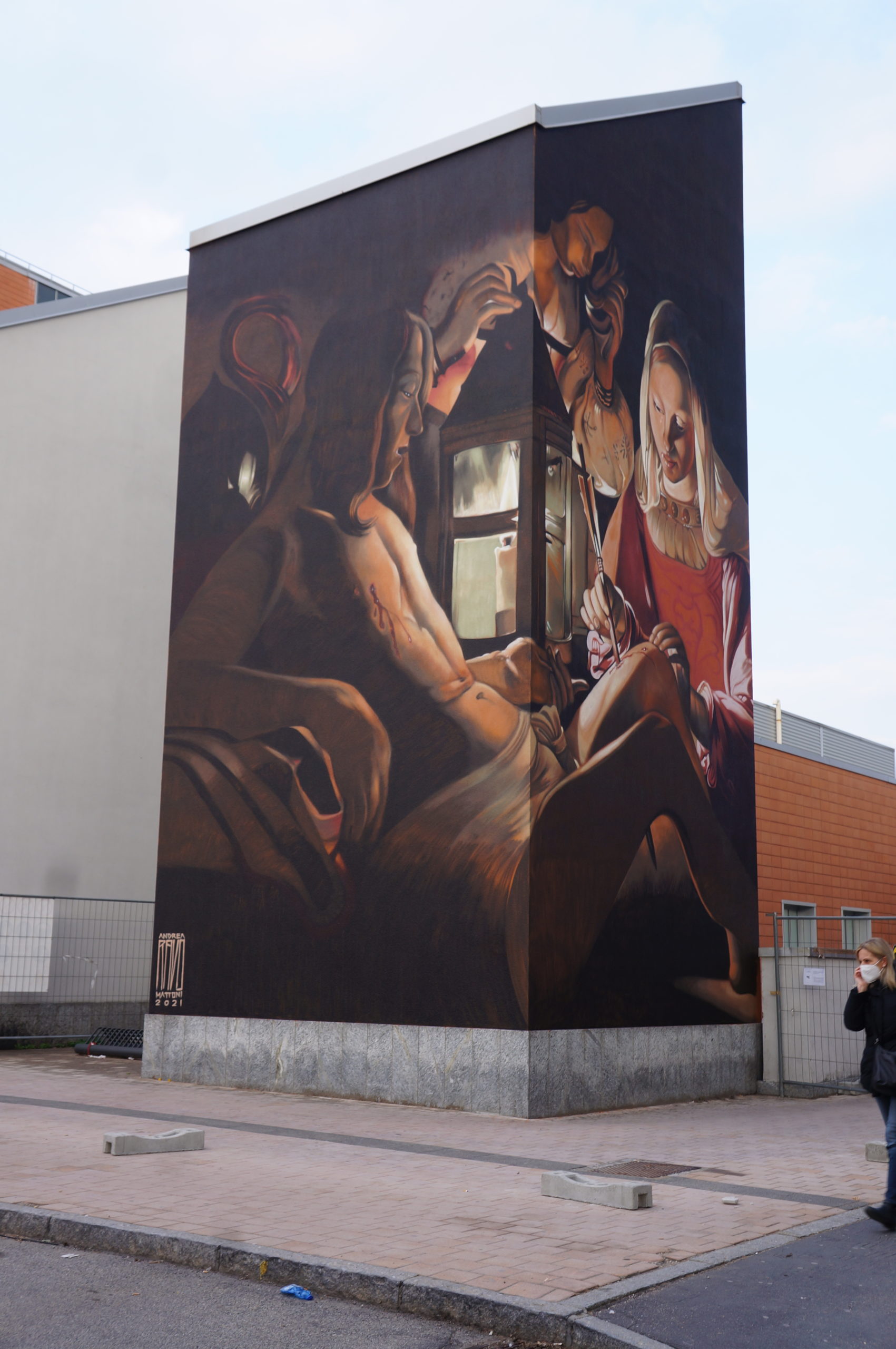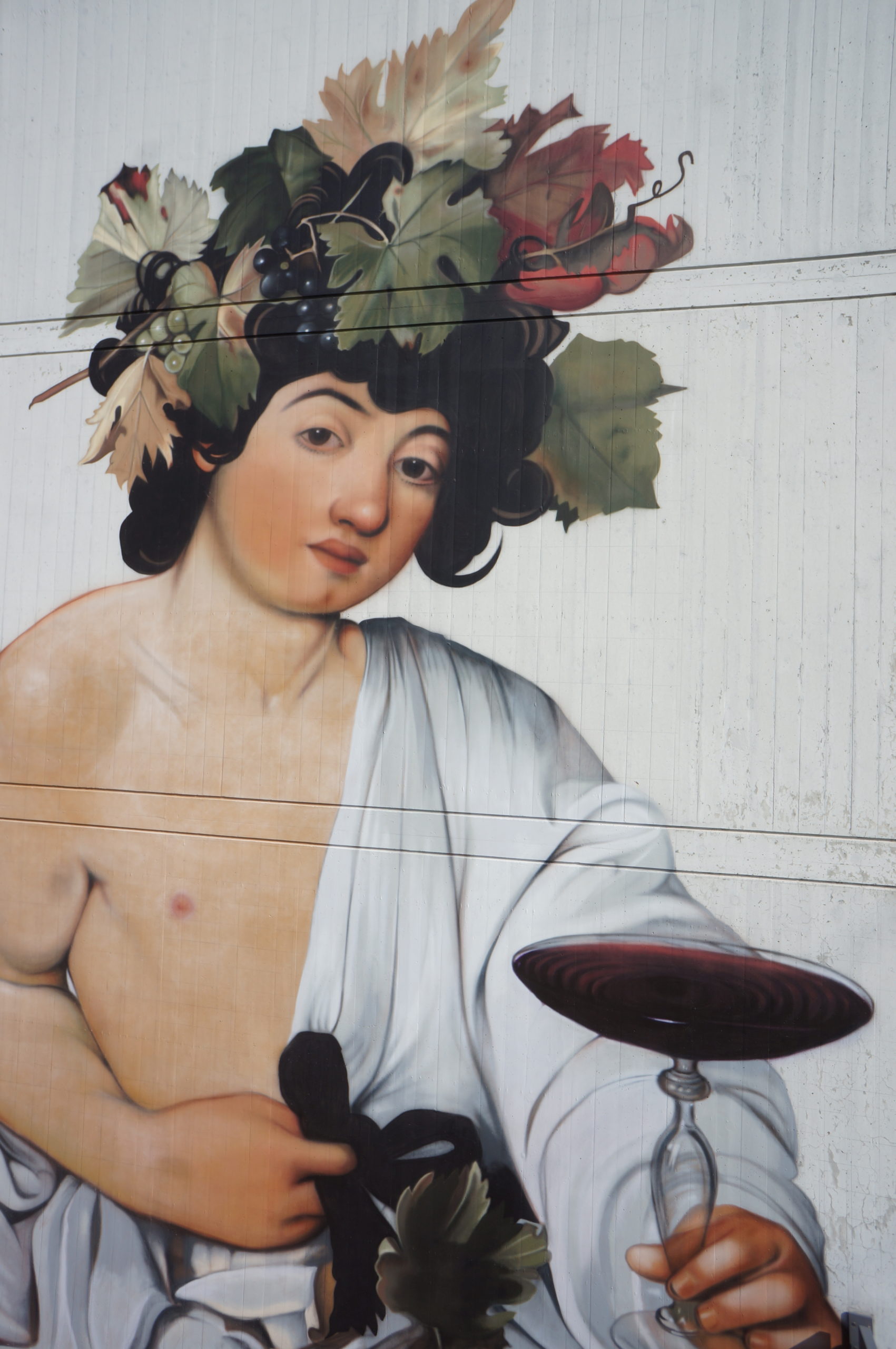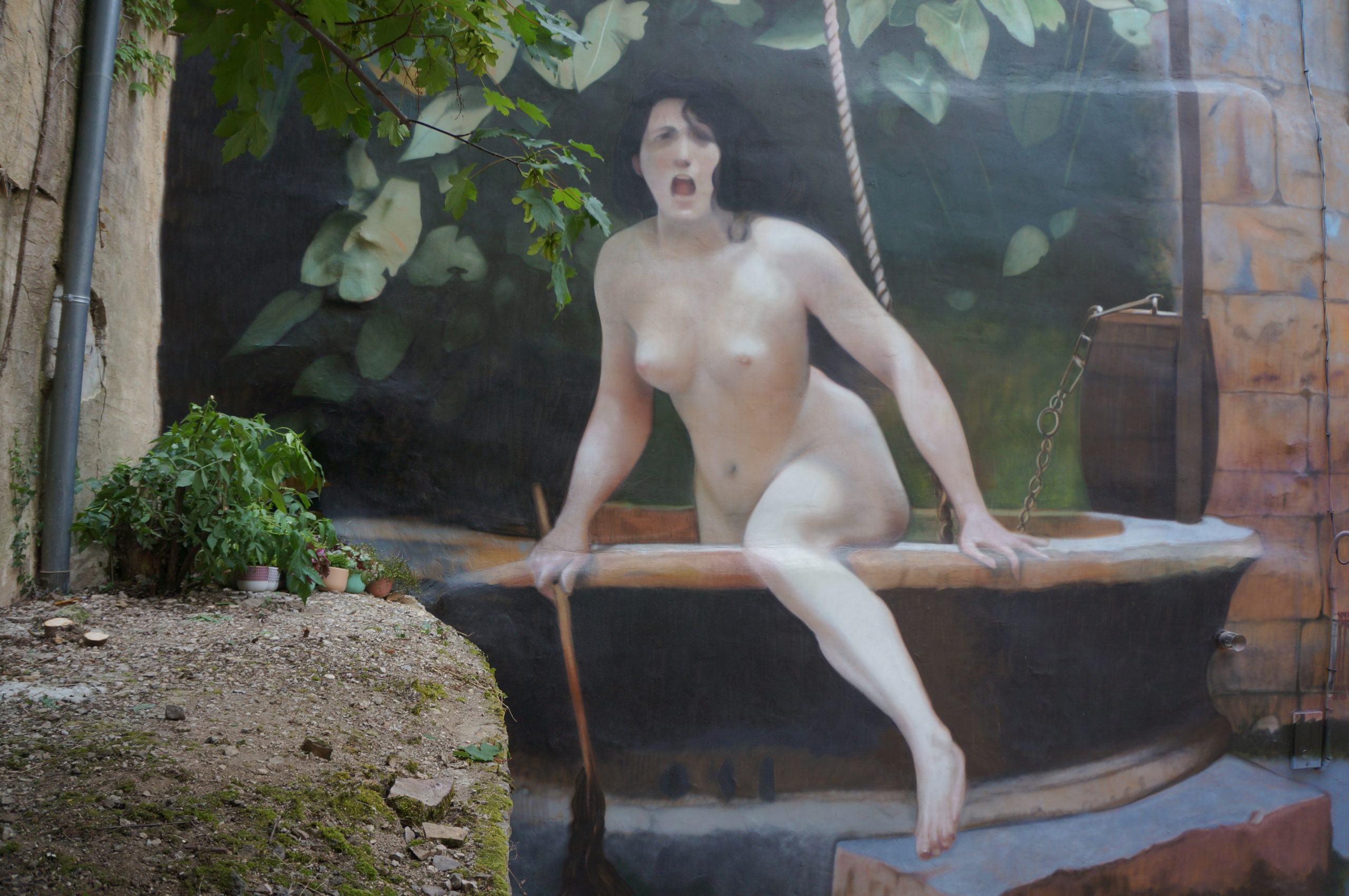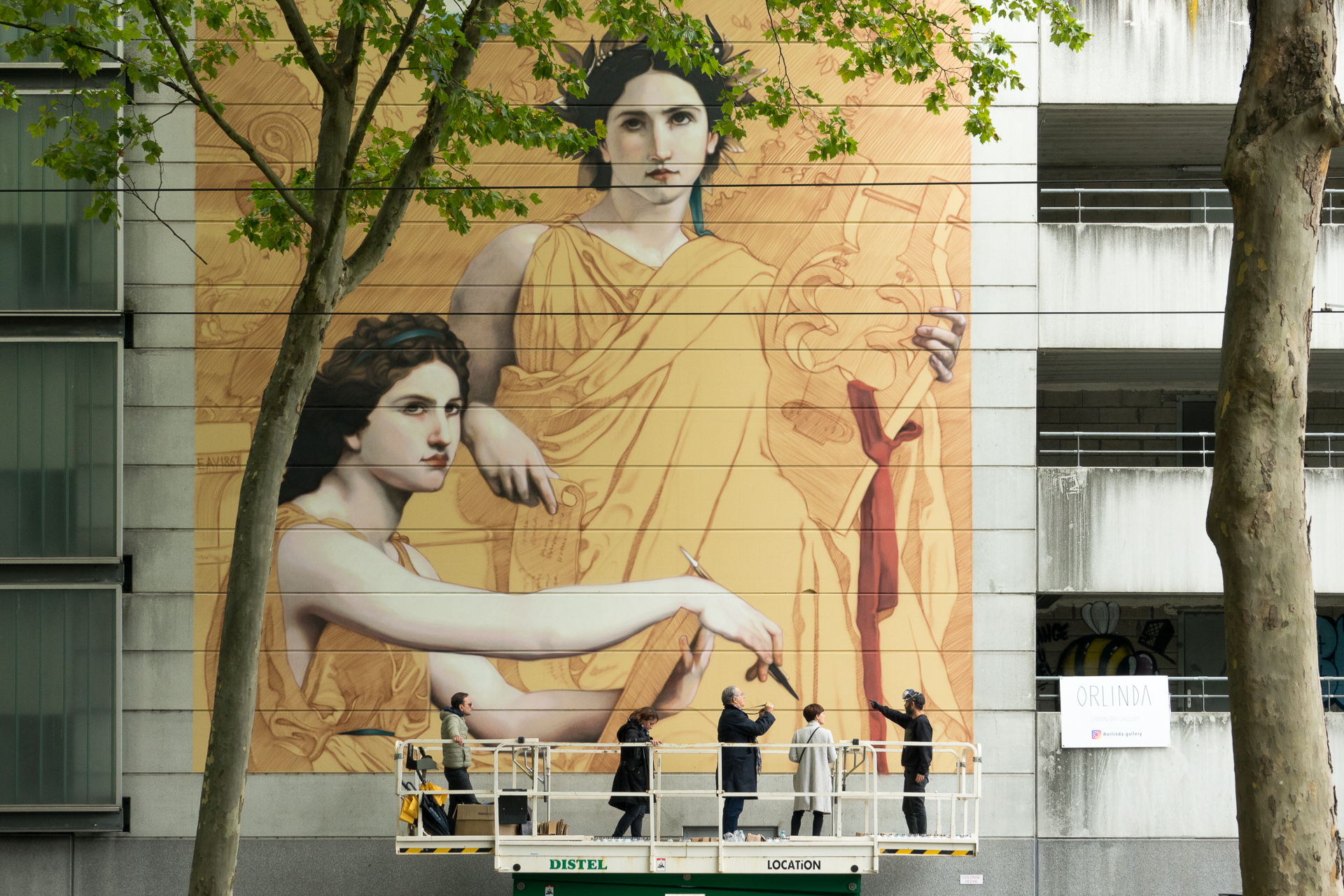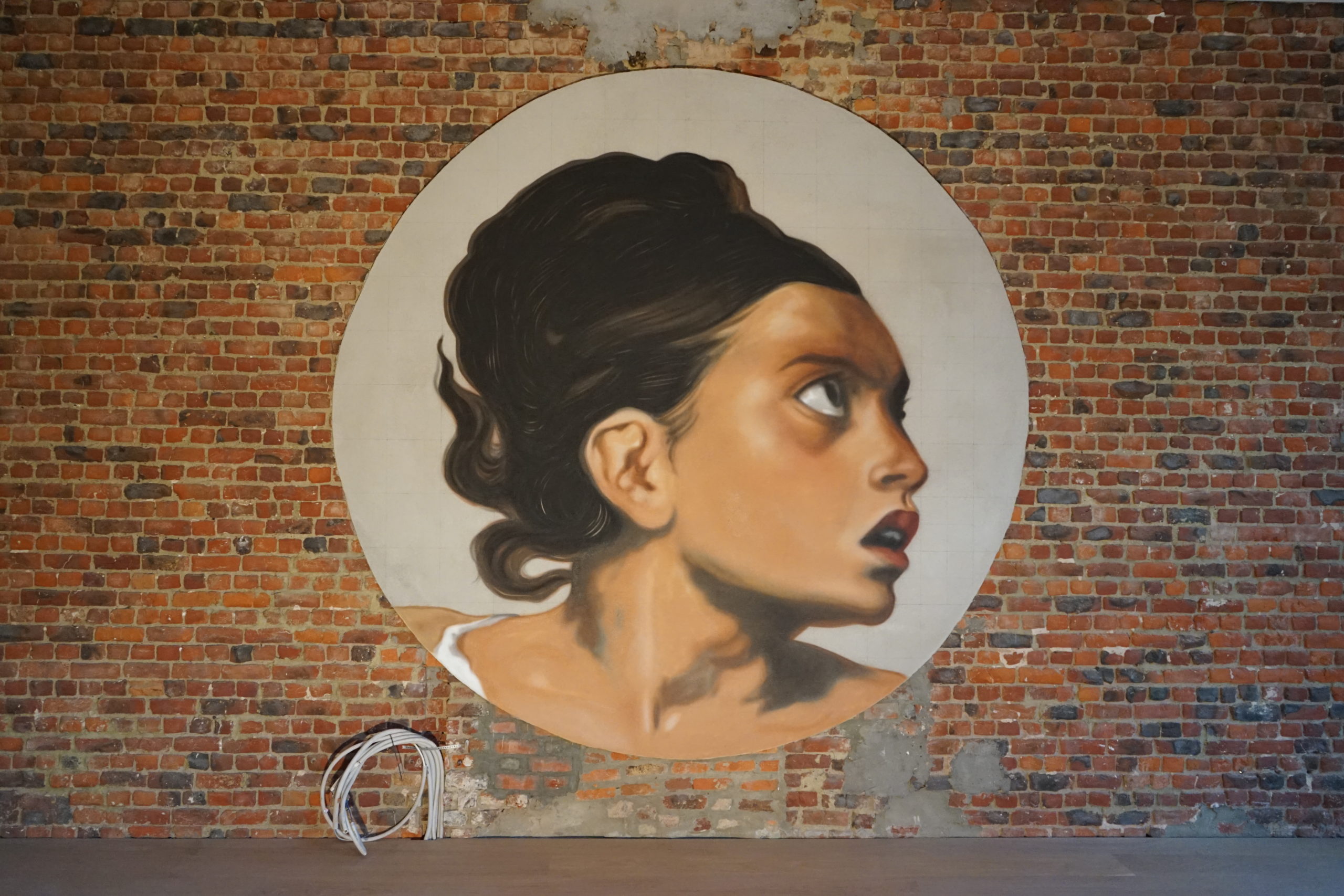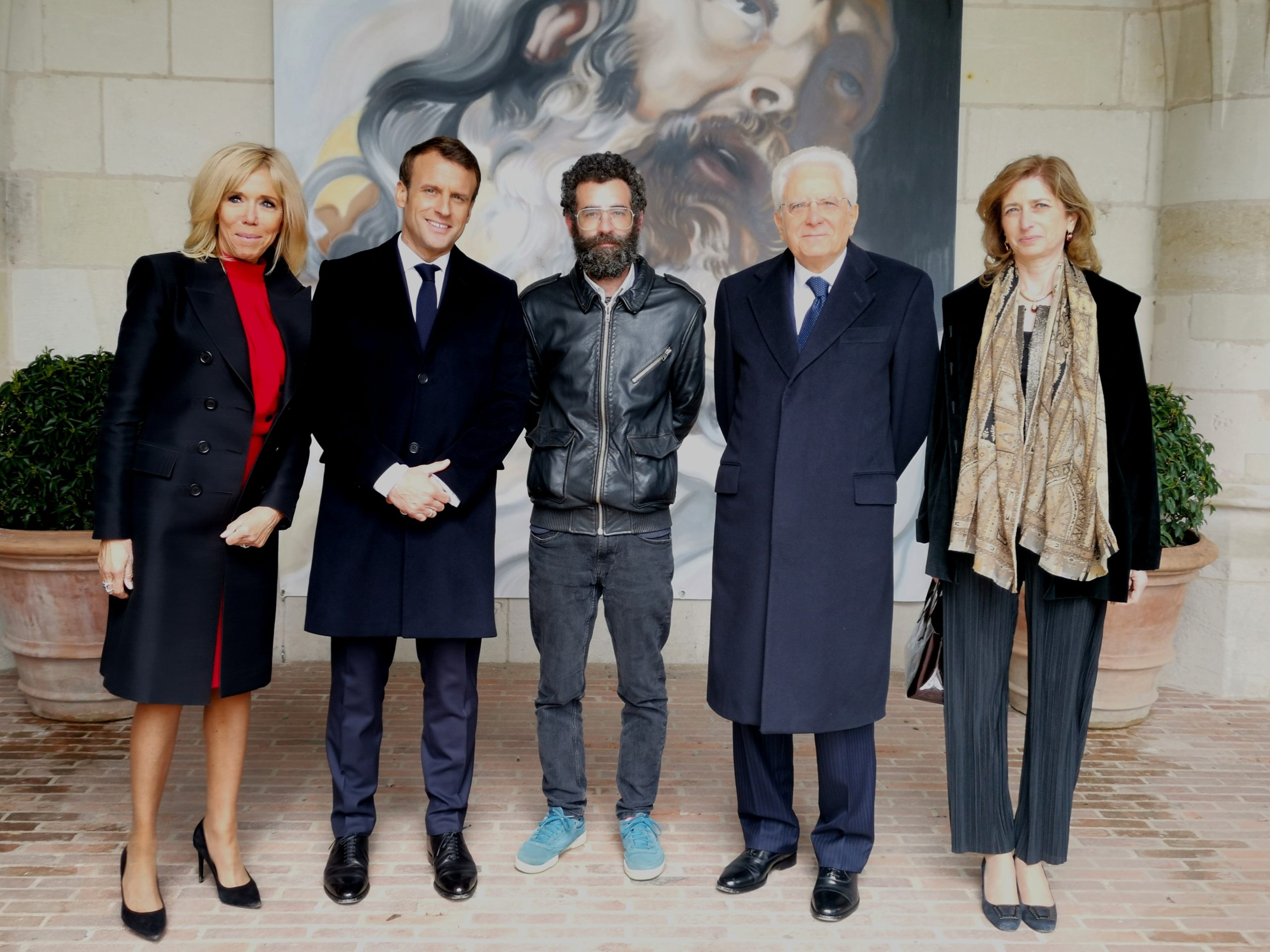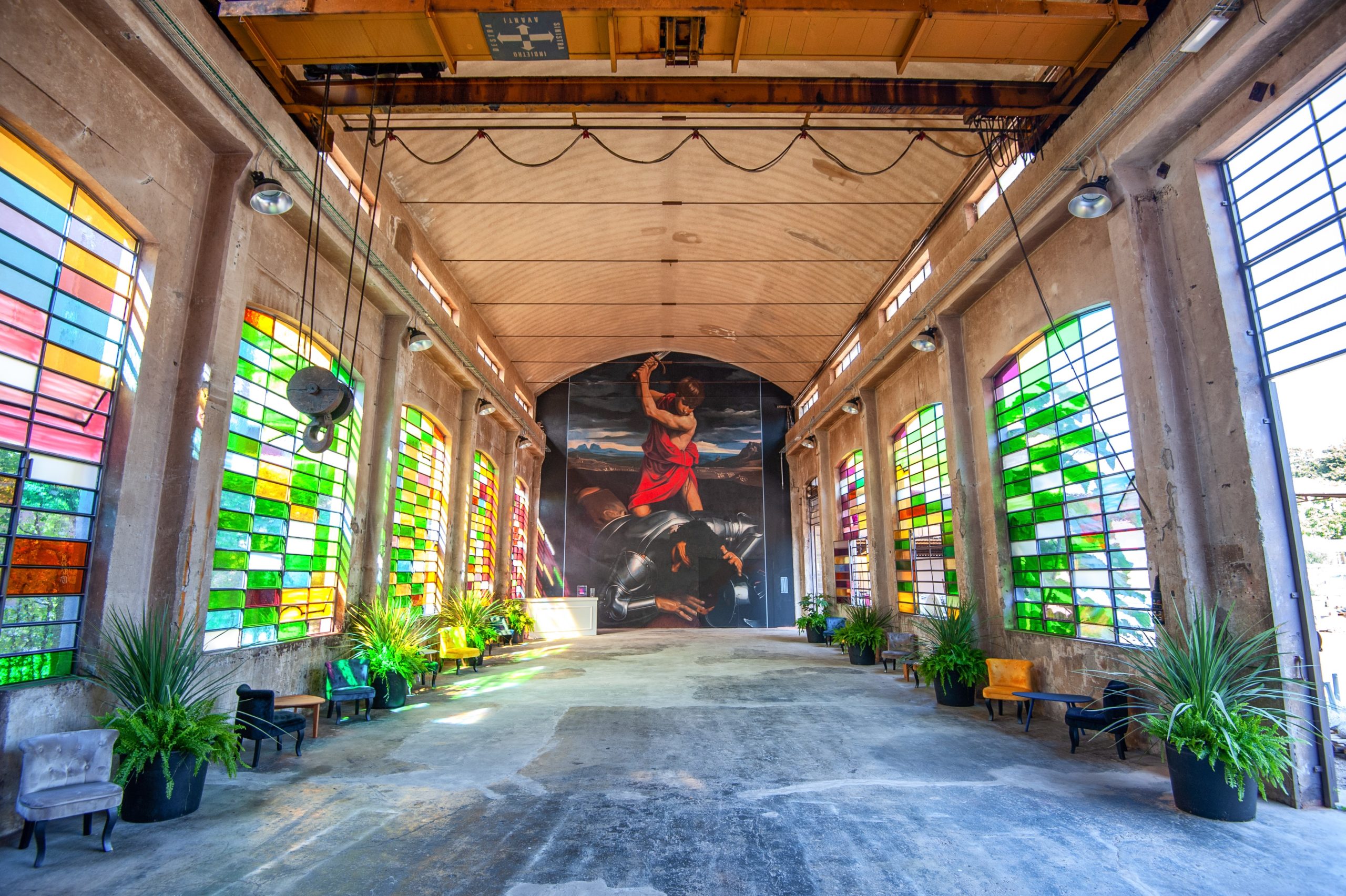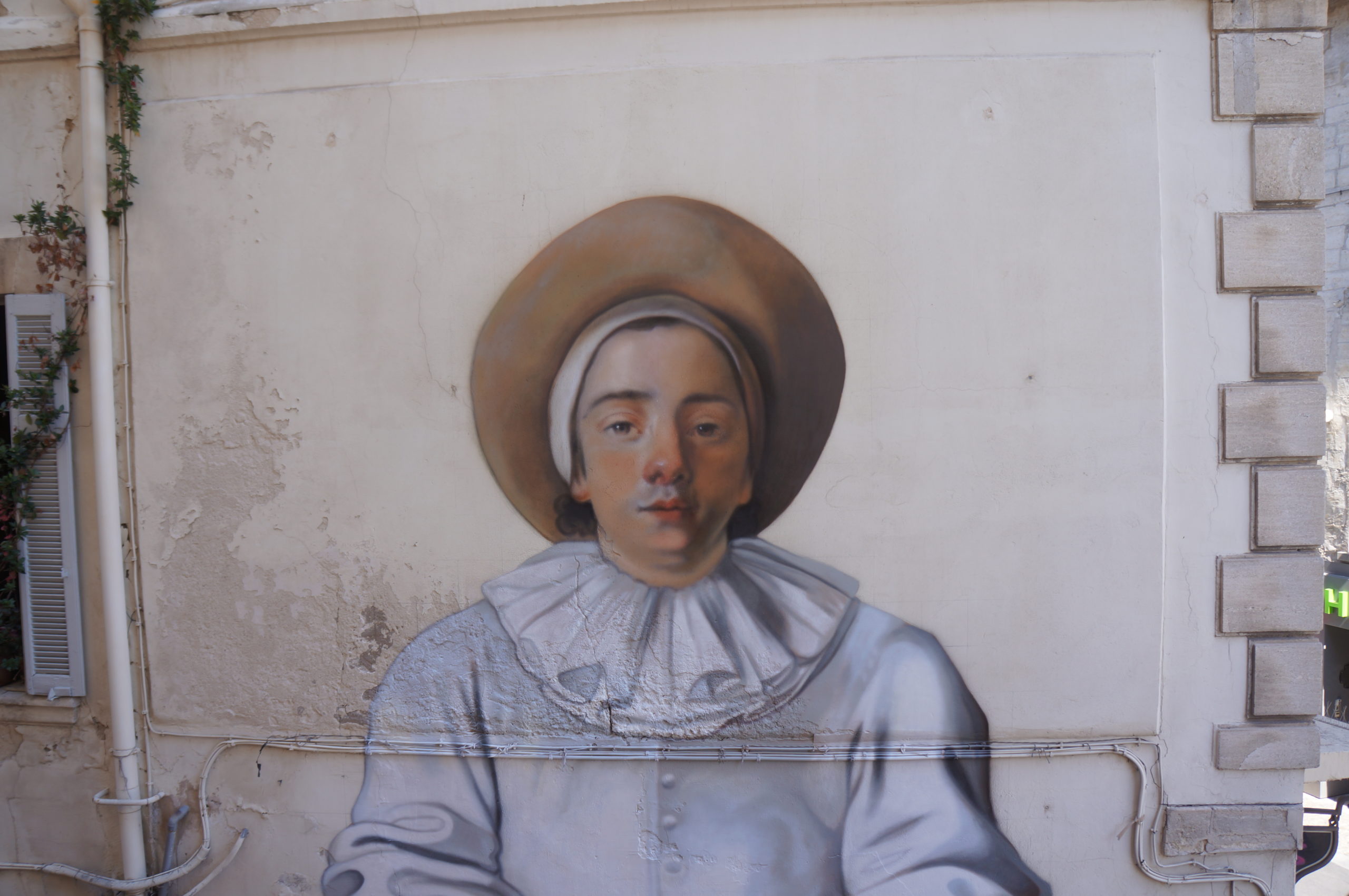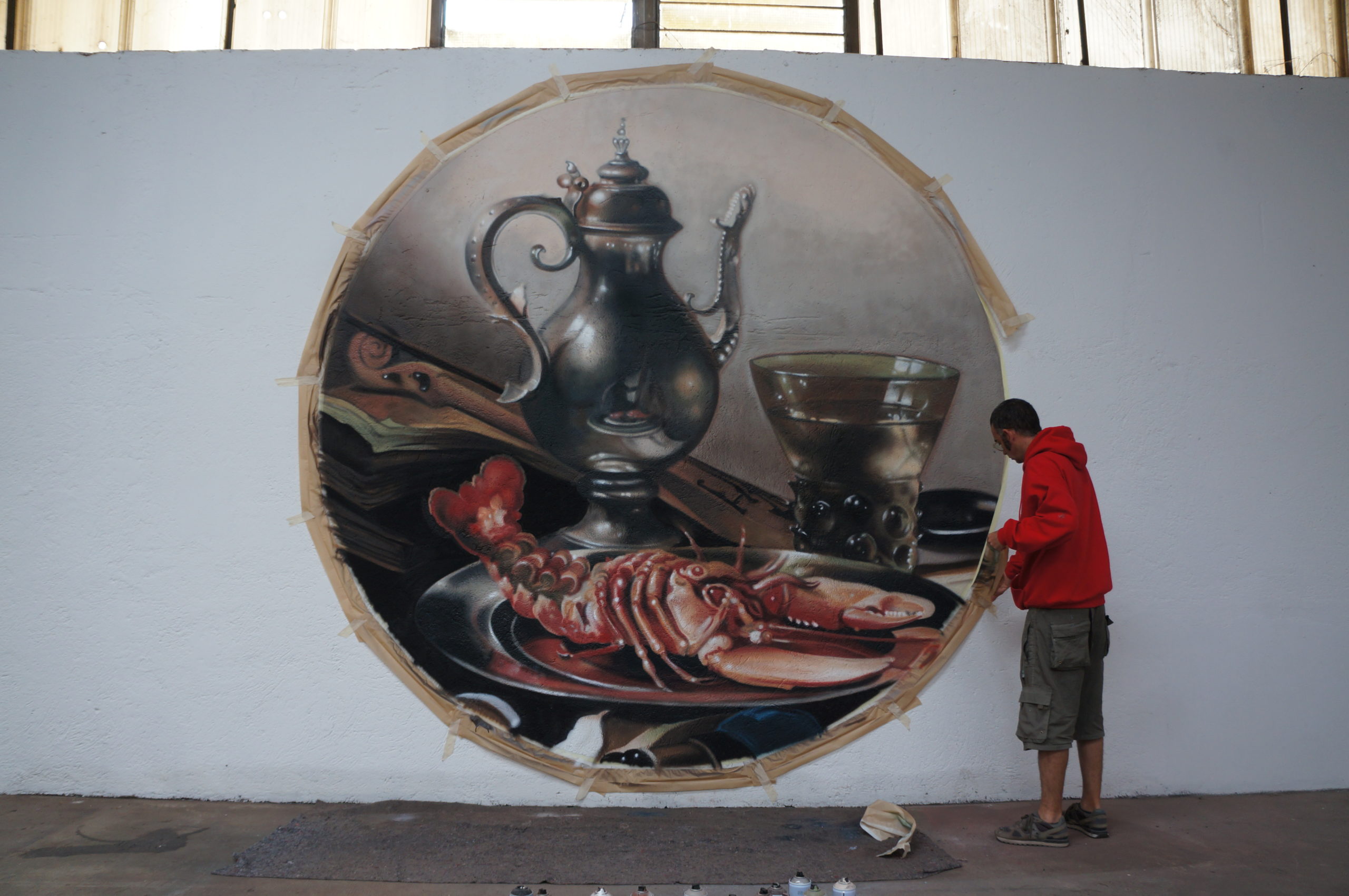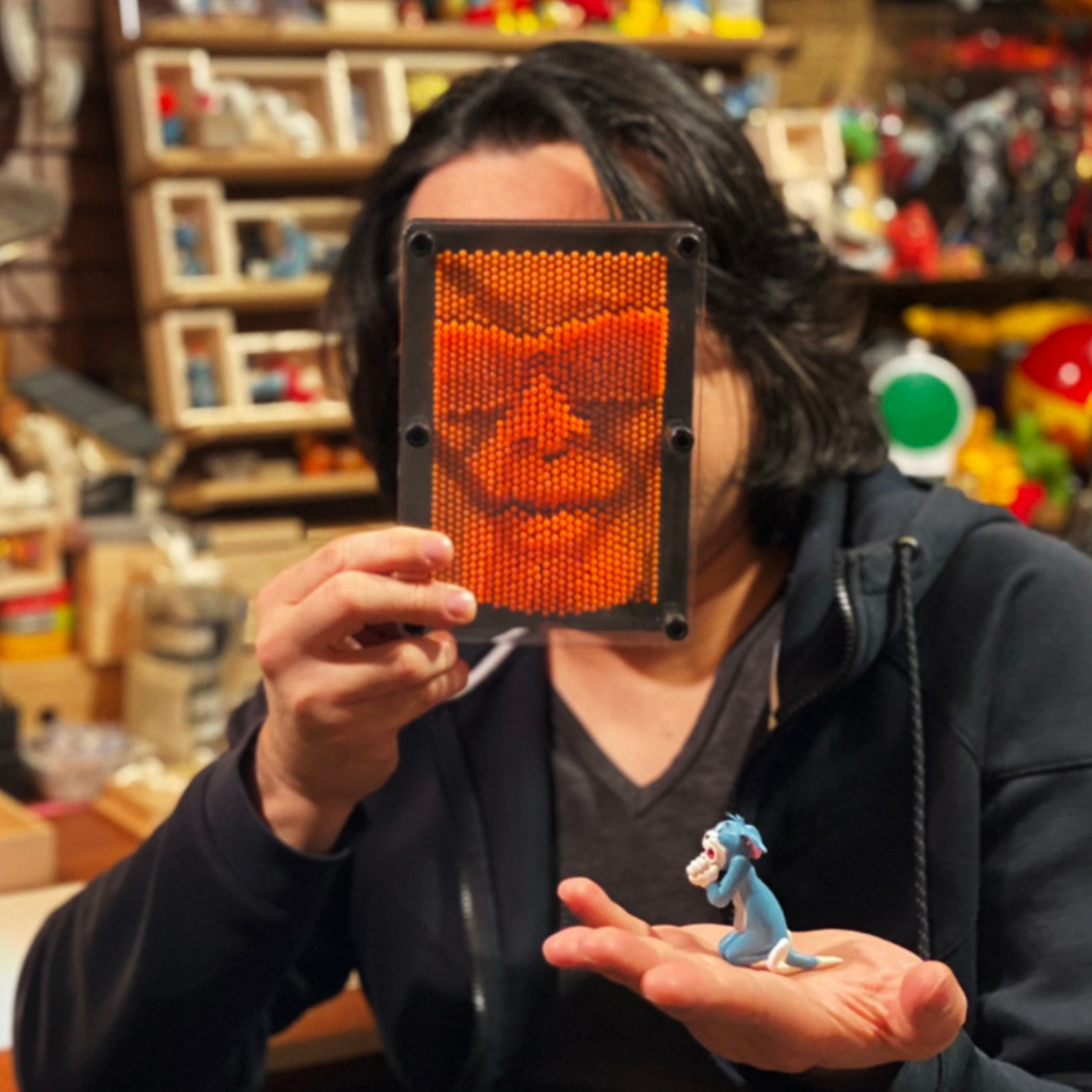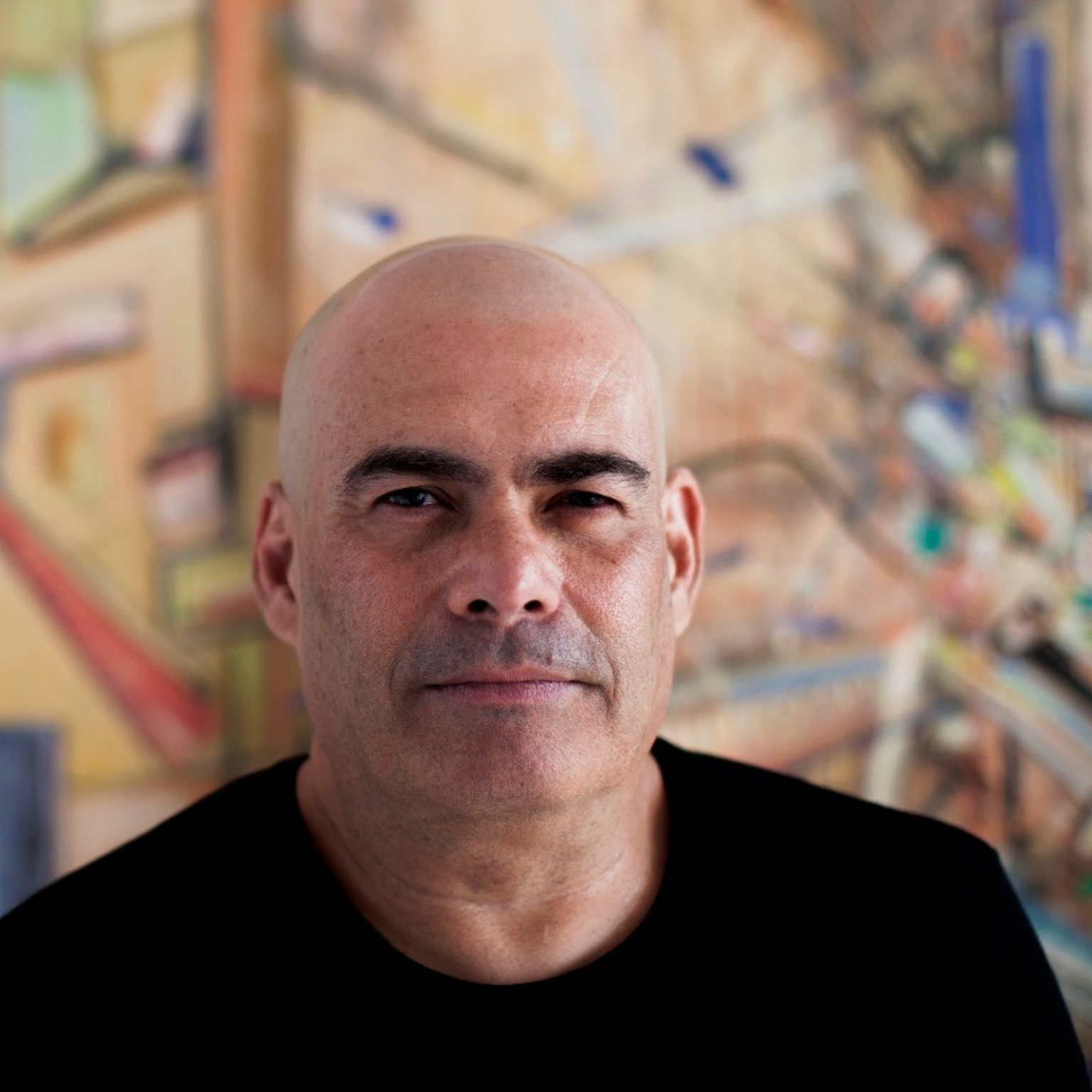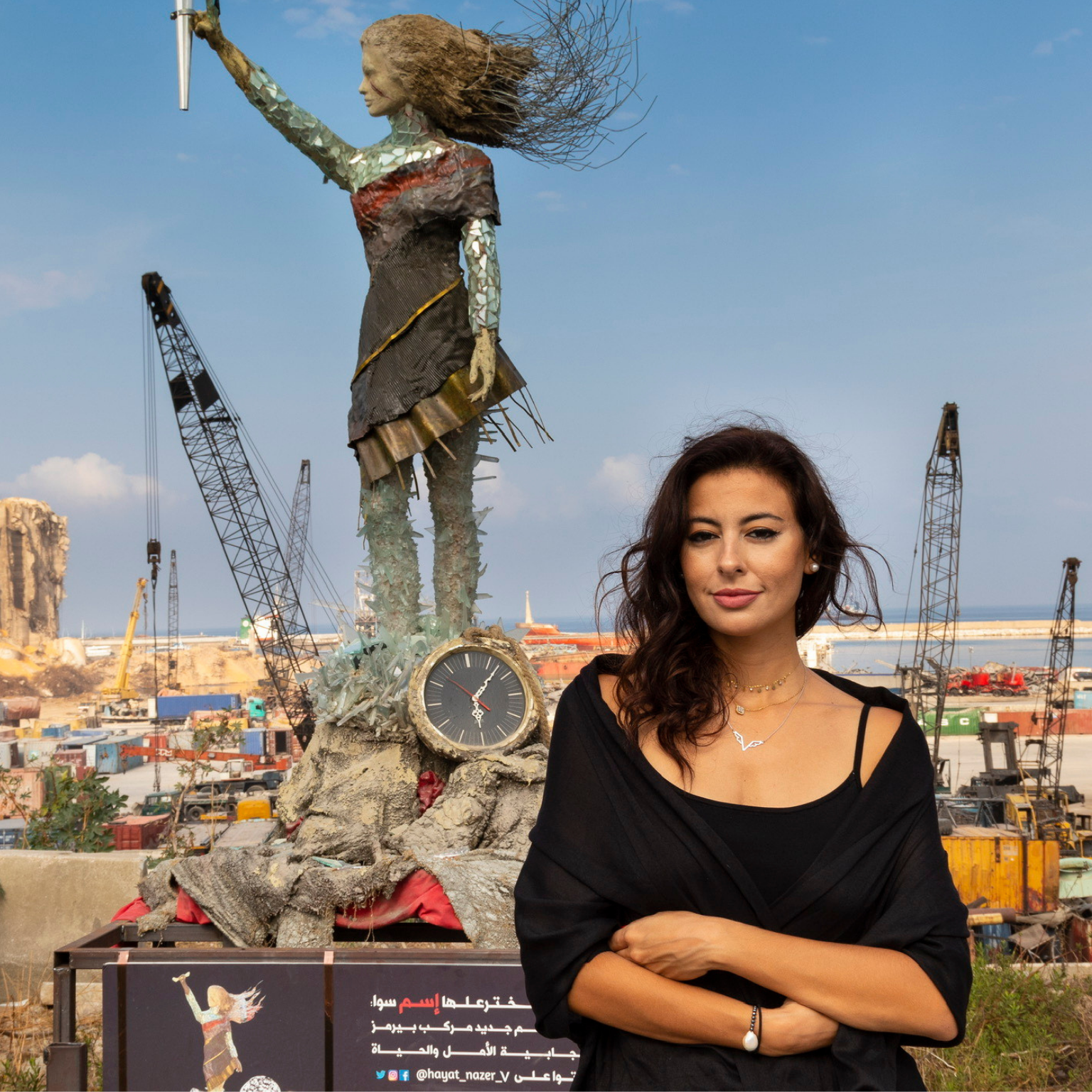Andrea Ravo Mattoni, street artist from Italy. Photo © Courtesy of the artist
1.Tell us what you do and your beginnings.
I am a street artist and my art project is entitled “Recovery of classicism in the contemporary”, I work on the translation of classical works of art in the urban context, always finding a correlation with the territory. In this way I bring the works of art preserved in museums onto the street, enlarging them with the spray can technique that tells of my beginning in the world of graffiti in 1995 when I was a teenager.
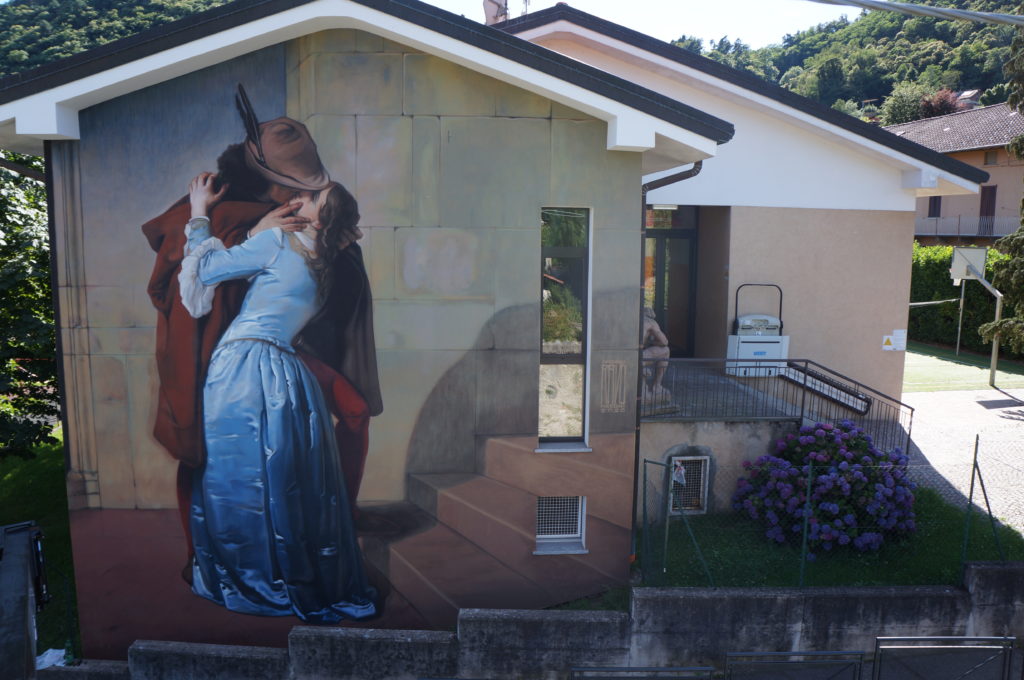
I was born in Northern Italy and I am the second generation of Italian writers of the Golden Age of the nineties. So I come from what traditional graffiti is: tag, graffiti, train, subway to the wall of fame. An evolution that led me to work a lot in the figurative field with the spray can, so in my crew I was the one who did the puppets, that is, the characters alongside the work of the members of my crew and obviously I also did the lettering.
This brought me a strong passion for figurative art along with studying at the Brera Academy of Fine Arts, so I put together these two worlds and a world just as ancient as that of copying which has origins far back in time, and I am pursuing in a hyper-contemporary way through this medium that unfortunately is still learned from the street and not yet in schools.
2.What does your work aim to say?
First of all, a transmission: it is the dissemination through a new media, a new form of the artistic and cultural heritage. What I want to do is communicate with the new generations and create bridges between institutions, the street and museums. I am looking for a sort of network between the history of art and people, thus reconnecting this relationship which is fundamental for us.
When I create my works, I also collaborate with schools, often organizing lessons when possible and I am joined by some art historians who explain the origin of the painting, the correlation with the territory and the museum that hosts it. Instead, I dedicate myself to telling about my technique and this collaborative mechanism which is already a work of art that aims to arouse interest in new generations and beyond.
3.Where do you find inspiration for your art?
I find inspiration from the world of art history, all that is the past of classical, figurative and sculptural art. Then of course I found many inspirational models in my career, in particular in the world of graffiti which was born in the United States and then spread throughout Europe. But I am also very attached to the world of comics such as Japanese manga, European comics and obviously to many avant-gardes of the twentieth century. I am inspired a little by everything, including music, above all!

4.Could you give us some insight into your creative process?
When I receive a collaboration proposal, therefore in a very specific place, I go to analyze the territory and do research regarding the artistic heritage of the place: if there are museums, which painters were born in that place or who have passed through that area and if there are any important works. At this point, the main aspect is to have the wall on which to paint and then I propose which works I want to create.
On the part of the client, the wall must be artfully prepared: it must not have cracks and then I work with a clinging consolidant and the background acrylate-siloxane which is brown and allows me to work on the depth of field as in classical art. Then I use the squaring for the proportions made by hand, in pencil, even on large dimensions from 15 to 30 meters of the building, and after working with the trace following a pattern on a sheet where the original is printed with a pre-printed squaring that then I reported in proportions on the wall.
Then I pass the trace with the spray can and paint the whole wall starting from the most difficult areas such as eyes, hands, face and if there are any characters. Finally I apply an opaque transparent protective to protect the work from the sun’s rays and time. It is a work on the ephemeral nature of my work.
5.What are your future projects?
I have a project to carry out in Brazil with the Italian Consulate in Sao Paulo and then I will go to Paris for the “MUR Bastille” project; the president of this association is Cyrille Gouyette, Chef de l’Unité Education Artistique Service Education Direction de la Politique des Public et de l’Education Artistique Musée du Louvre. This is a wall that is painted in the Bastille area every three months by various artists. The last to have painted was the very famous stencil artist Logan Hicks, a close friend of mine from New York.
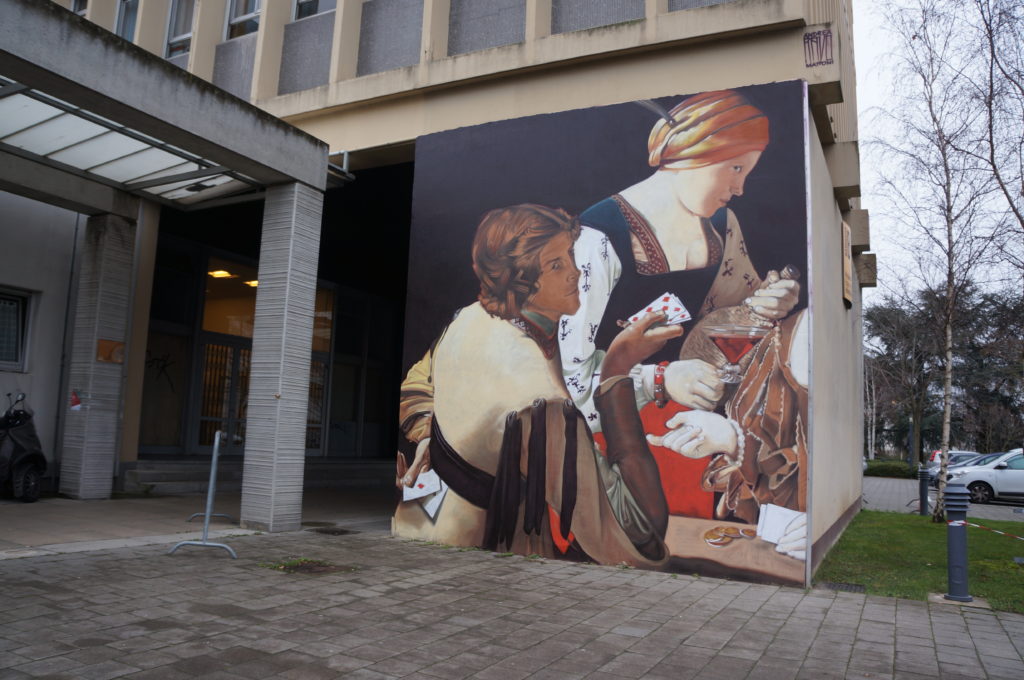
In the past I have already collaborated with the Louvre Museum for the projects of Monsieur Gouyette and in this case for the next work I have chosen a detail of a painting by Guido Reni which is kept at the museum; this to reiterate the correlation with the territory is always fundamental and with Paris which for me is like a second home because most of my collectors, the museums I have collaborated with and the galleries I collaborate with and street artist friends reside there. So I am very often in France and I particularly love Paris!
Interview by Fabio Pariante, journalist / Twitter – Instagram
MORE
Andrea Ravo Mattoni on social networks: Instagram
Andrea Ravo Mattoni (Varese, 1981) is one of the best known Italian urban art artists in the world. Halfway between a street artist and a painter, wherever his works are found, they seem to compose an “open-air museum” as public art, available to anyone. Raised in a family of artists, over the years Ravo’s artistic production has gone beyond Italian borders, somehow taking root in particular in France where he has carried out many projects, in particular in Paris with the Louvre Museum for two important collaborations: one at the University of Nanterre and one in the Jardin des Tuileries, in front of the Pyramid of the Louvre.
In 2019, on the occasion of the 500th anniversary of the death of Leonardo da Vinci, the artist created some details of the work ‘The death of Leonardo da Vinci’ by François-Guillaume Ménageot, in the Chateau Royal d’Amboise where da Vinci is buried. The project was presented to the French and Italian heads of state Emmanuel Macron and Sergio Mattarella. Andrea Ravo Mattoni is based in Verona, Italy.
